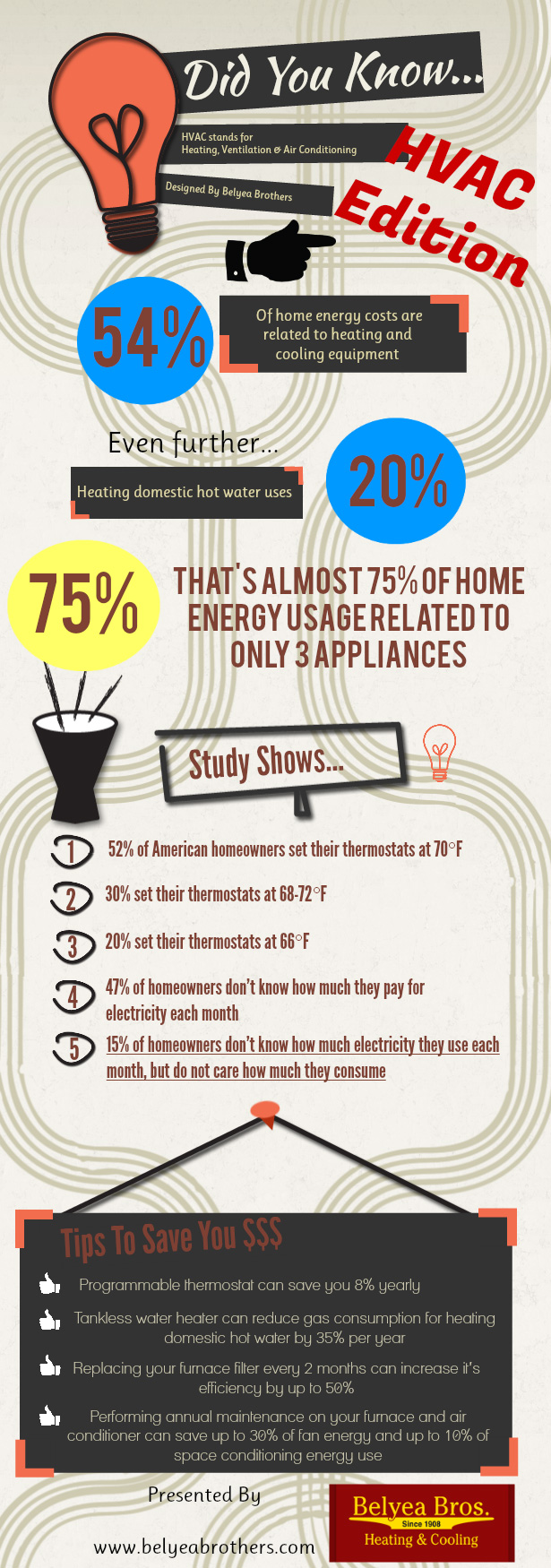The Ultimate Guide To Comprehending Warm Pumps - Exactly How Do They Function?
The Ultimate Guide To Comprehending Warm Pumps - Exactly How Do They Function?
Blog Article
Article Created By-Grady Dickson
The most effective heat pumps can save you considerable amounts of cash on energy costs. They can additionally help reduce greenhouse gas discharges, particularly if you use electricity in place of nonrenewable fuel sources like gas and home heating oil or electric-resistance furnaces.
https://facilityexecutive.com/2021/04/five-ways-to-get-your-building-green-for-earth-day/ do. This makes them a sensible choice to conventional electrical home heater.
Just how They Function
Heat pumps cool homes in the summertime and, with a little assistance from electrical power or natural gas, they provide a few of your home's heating in the winter. They're an excellent alternative for people that wish to decrease their use of nonrenewable fuel sources but aren't prepared to change their existing heater and a/c system.
They rely upon the physical fact that even in air that seems as well chilly, there's still energy existing: warm air is always moving, and it intends to move right into cooler, lower-pressure environments like your home.
Most power celebrity accredited heat pumps operate at near their heating or cooling ability throughout most of the year, reducing on/off biking and conserving power. For the very best performance, concentrate on systems with a high SEER and HSPF rating.
The Compressor
The heart of the heatpump is the compressor, which is also referred to as an air compressor. This mechanical moving gadget uses potential power from power production to increase the stress of a gas by reducing its volume. It is different from a pump because it just services gases and can't deal with liquids, as pumps do.
Atmospheric air enters the compressor via an inlet valve. It travels around vane-mounted arms with self-adjusting size that separate the inside of the compressor, developing multiple cavities of differing size. The rotor's spin pressures these tooth cavities to move in and out of phase with each other, compressing the air.
The compressor pulls in the low-temperature, high-pressure cooling agent vapor from the evaporator and presses it into the warm, pressurized state of a gas. This procedure is duplicated as required to provide heating or cooling as required. The compressor also has a desuperheater coil that reuses the waste heat and includes superheat to the refrigerant, transforming it from its liquid to vapor state.
The Evaporator
The evaporator in heat pumps does the same point as it performs in fridges and a/c unit, transforming liquid cooling agent into an aeriform vapor that gets rid of warmth from the room. Heat pump systems would not function without this crucial piece of equipment.
https://commercial-electrical-hva01110.ja-blog.com/29365753/the-future-of-home-heating-exactly-how-heat-pump-innovation-is-advancing of the system lies inside your home or building in an indoor air handler, which can be either a ducted or ductless system. It consists of an evaporator coil and the compressor that presses the low-pressure vapor from the evaporator to high pressure gas.
Heatpump soak up ambient warmth from the air, and then use electrical power to move that warm to a home or company in home heating setting. That makes them a lot extra power effective than electric heating units or heaters, and because they're using tidy power from the grid (and not melting fuel), they likewise generate far fewer emissions. That's why heat pumps are such great environmental choices. (As well as a significant reason they're becoming so prominent.).
The Thermostat.
Heat pumps are great choices for homes in cold climates, and you can utilize them in combination with traditional duct-based systems or even go ductless. They're a wonderful different to fossil fuel furnace or standard electric furnaces, and they're much more lasting than oil, gas or nuclear heating and cooling tools.
Your thermostat is one of the most vital component of your heatpump system, and it works very differently than a conventional thermostat. All mechanical thermostats (all non-electronic ones) job by using materials that change size with enhancing temperature, like curled bimetallic strips or the expanding wax in an automobile radiator shutoff.
These strips contain two different kinds of metal, and they're bolted with each other to develop a bridge that completes an electric circuit linked to your heating and cooling system. As the strip gets warmer, one side of the bridge expands faster than the other, which creates it to flex and signal that the heater is needed. When the heatpump remains in heating setting, the turning around shutoff reverses the flow of refrigerant, so that the outdoors coil currently operates as an evaporator and the indoor cyndrical tube becomes a condenser.